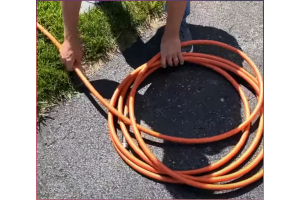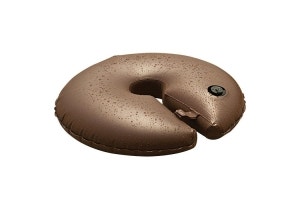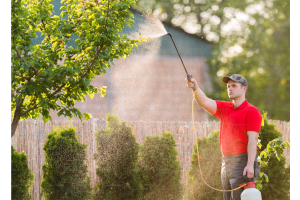
OSHA mandates that outside workers must be protected from all environmental hazards, including sun exposure. Below you'll find useful tips and facts about sun safety to help reduce your risk of skin damage or skin cancer.
How Can You Protect Yourself from UV Radiation?
- Dress in protective clothing that does not transmit visible light.
- Wear broad-brimmed hats that protect the face, ears, and neck.
- Don't forget to protect your eyes with UV ray-blocking sunglasses or safety glasses.
- Apply SPF 15 or higher sunscreen frequently.
More Information About Protecting Your Eyes from Harmful UV Rays
- Too much exposure to UV light raises the risk of cataracts, growths on the eyes, cancer and other eye diseases.
- Snow reflection can also cause painful eye damage known as snow blindness.
- It can take years for signs of eye damage to develop, but you're putting yourself at risk every time you step outside without eye protection.
- Don't let those clouds fool you! Your eyes can still be affected by harmful rays on cloudy days.
- Choose glasses that filter out 99-100% of UV rays.
Shop Eye Protection
Let's Talk More About Sunscreen, SPF, and UV Rays
What is SPF?
- SPF stands for Sun Protection Factor, which is a measure of a sunscreen's ability to prevent UVB from damaging the skin.
- Most sunscreens with an SPF of 15 or higher do an excellent job of protecting against UVB.
- Here's how it works: If it takes 20 minutes for your unprotected skin to start turning red, using an SPF 15 sunscreen theoretically prevents reddening 15 times longer — about five hours.
Use a Broad-Spectrum Sunscreen
- Broad-spectrum sunscreen protects you from both UVA and UVB rays.
- UVB rays are what burns your skin.
- UVA rays are what causes premature aging.
- Too much exposure to UVA or UVB rays can cause skin cancer.
How Much UVB Rays is Your Sunscreen Filtering Out?
- SPF 15 blocks approximately 93%
- SPF 30 blocks approximately 97%
- SPF 50 blocks approximately 98%
How Does Water-Resistant Sunscreen Work?
- The term water-resistant means that the SPF is maintained for up to 40 minutes while swimming or sweating.
- Very water-resistant means the SPF is maintained for 80 minutes.
How Much Sunscreen Should You Use?
- To ensure that you get the full SPF of a sunscreen, you need to apply 1 oz — about a shot glass full.
- Studies show that most people apply only half to a quarter of that amount, which means the actual SPF they have on their body is lower than advertised.
- Sunscreens should be applied 30 minutes before sun exposure to allow the ingredients to fully bind to the skin.
- Reapply the same amount every two hours to stay protected.
- Also reapply immediately after swimming, toweling off, or sweating a great deal.
Who Should Use Sunscreen?
- Anyone over the age of six months should use a sunscreen daily.
- Even those who work inside are exposed to ultraviolet radiation for brief periods throughout the day, especially if they have a long commute or work near windows, which generally filter out UVB but not UVA rays.
Shop All Safety Gear
For more information on protecting yourself from the sun, check out these resources:
- http://www.mayoclinic.org/healthy-lifestyle/adult-health/in-depth/best-sunscreen/art-20045110
- http://www.skincancer.org/prevention/sun-protection/sunscreen
- https://www.cancer.org/cancer/skin-cancer/prevention-and-early-detection/uv-protection.html
- http://www.preventblindness.org/choosing-uv-protection
- https://www.aao.org/eye-health/tips-prevention/summer-sun-eye-safety
- https://www.goodeyes.com/blog/10-ways-to-protect-your-eyes-this-summer








